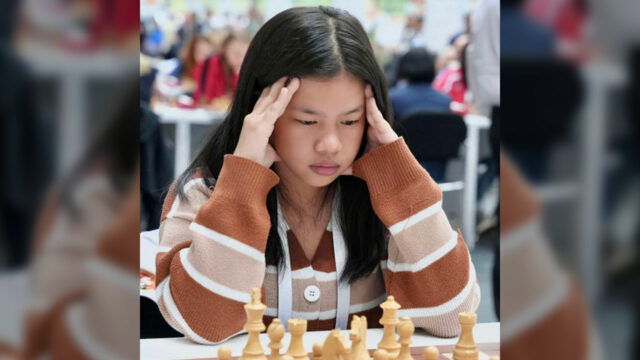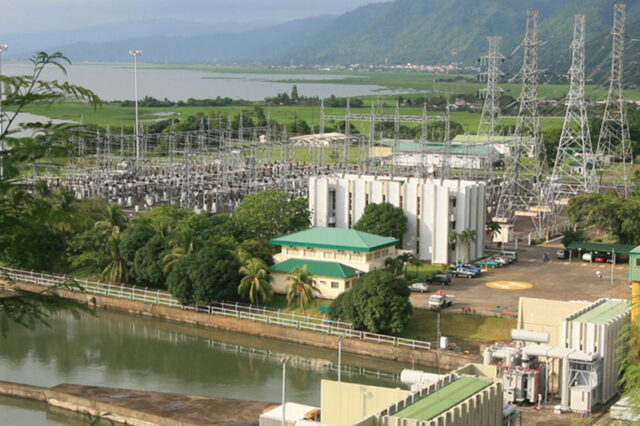By Sheldeen Joy Talavera, Reporter
THE Aboitiz-led consortium possesses the know-how to unlock the potential of the 796.64-megawatt (MW) Caliraya-Botocan-Kalayaan (CBK) hydroelectric power plants (HEPP) due to the group’s hydropower expertise, analysts said.
“Given the company’s history of optimizing large-scale energy assets and the growing demand for sustainable energy solutions, it is reasonable to believe that AboitizPower can fully utilize the facility’s potential and deliver returns that justify their investment,” Globalinks Securities and Stocks, Inc. Head of Sales Trading Toby Allan C. Arce told BusinessWorld via Viber.
Mr. Arce said integrating CBK into AboitizPower’s portfolio “aligns seamlessly” with the group’s long-term goal of a 50% share of clean energy.
“AboitizPower’s operational expertise in hydropower generation… positions it well to maximize the CBK complex’s output and reliability,” he said.
On Friday, state-run Power Sector Assets and Liabilities Management Corp. (PSALM) announced that Thunder Consortium — consisting Aboitiz Renewables, Inc. (ARI), Sumitomo Corp., and Electric Power Development Co. (J-Power) — emerged as the winning bidder with an offer of P36.266 billion.
Thunder Consortium outbid FGKW Consortium — comprising of First Gen Prime Energy Corp. and Korea Water Resources Corp. — which offered P19.62 billion.
In a statement, the PSALM said Thunder Consortium will undergo a rigorous post-qualification process to verify the accuracy and authenticity of the eligibility documents.
“We hope to give (the official notice of award) by mid-July,” PSALM President and CEO Dennis Edward A. dela Serna said.
The CBK facility is PSALM’s major privatization project this year. The state-run firm is tasked with privatizing the government’s power and other disposable assets to liquidate the financial obligations of the National Power Corp. (NPC).
HEPP is currently covered by a 25-year build-rehabilitate-operate-transfer agreement between independent power producer CBK Power Co. Ltd. and NPC. CBK Power’s deal expires in February 2026.
The complex consists of the 39.37-MW Caliraya HEPP in Lumban; the 22.91-MW Botocan HEPP in Majayjay, and the 366-MW Kalayaan I and 368.36-MW Kalayaan II pumped-storage power plants, all in Laguna.
“It’s a significant win for AboitizPower as the CBK complex will expand its hydropower portfolio and further diversify the company’s power generation mix,” Juan Paolo E. Colet, managing director at China Bank Capital Corp., said via Viber.
The challenge for the consortium is to upgrade and optimize the asset given its age, It will also face competition from newer plants, he said.
“This is going to be a long-term play for the consortium, and they have the expertise and resources to make it work,” he said.
He said that J-Power, one of the leading hydropower companies in Japan, has access to the latest technology that can enhance the asset.
Peter Louise D.C. Garnace, equity research analyst at Unicapital Securities, said that AboitizPower stands to “gain significantly” from the technology transfer and deep industry expertise of its Japanese partners.
“The CBK hydropower complex is the oldest and largest government-owned hydropower plant, accounting for over 4% of the Luzon grid — a critical asset in ensuring grid-wide stability and energy security,” he said via Viber.
Given that the CBK has been acquired on an “as is, where is” basis, Mr. Garnace said that the consortium could be exposed to unforeseen operational challenges and maintenance costs.
“Although we are not privy to the exact ownership split of Thunder Consortium, we view this acquisition as earnings accretive for (AboitizPower), with strong potential to drive sustainable earnings growth in the coming years,” he said.
At present, ARI and its subsidiaries hold the investments and interests of Aboitiz Power Corp. in various renewable energy projects, including geothermal, large hydro, run-of-river hydro, and solar projects.
At the end of 2024, AboitizPower’s renewable energy assets in operation consisted of net sellable capacity of approximately 1,486 MW, divided into 252 MW of solar, 920 MW of hydro, 290 MW of geothermal, and 24 MW of battery energy storage.













